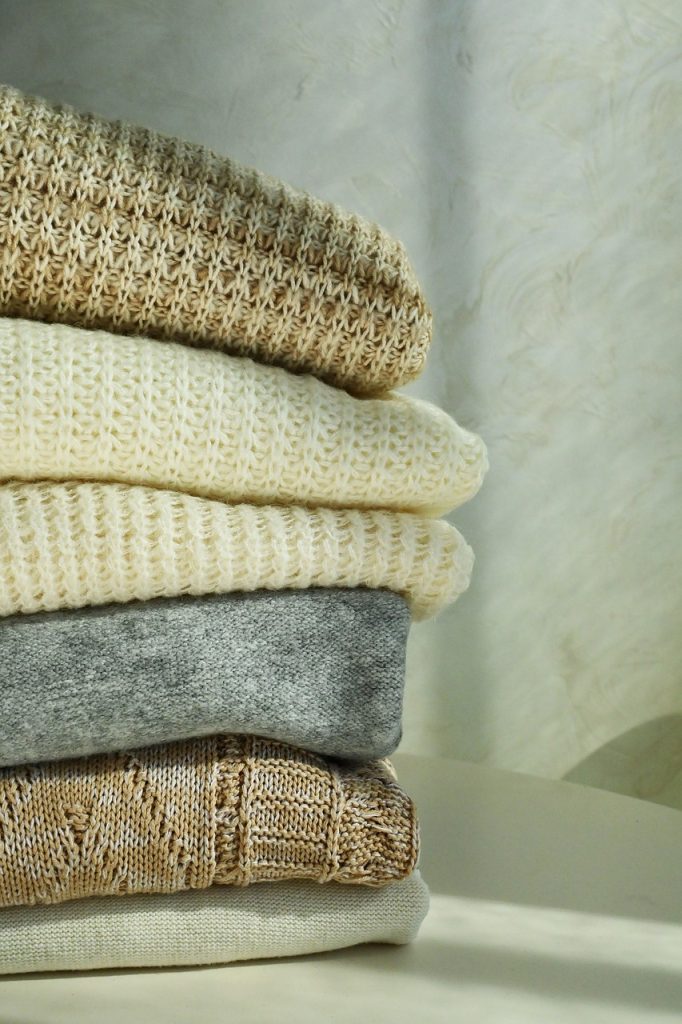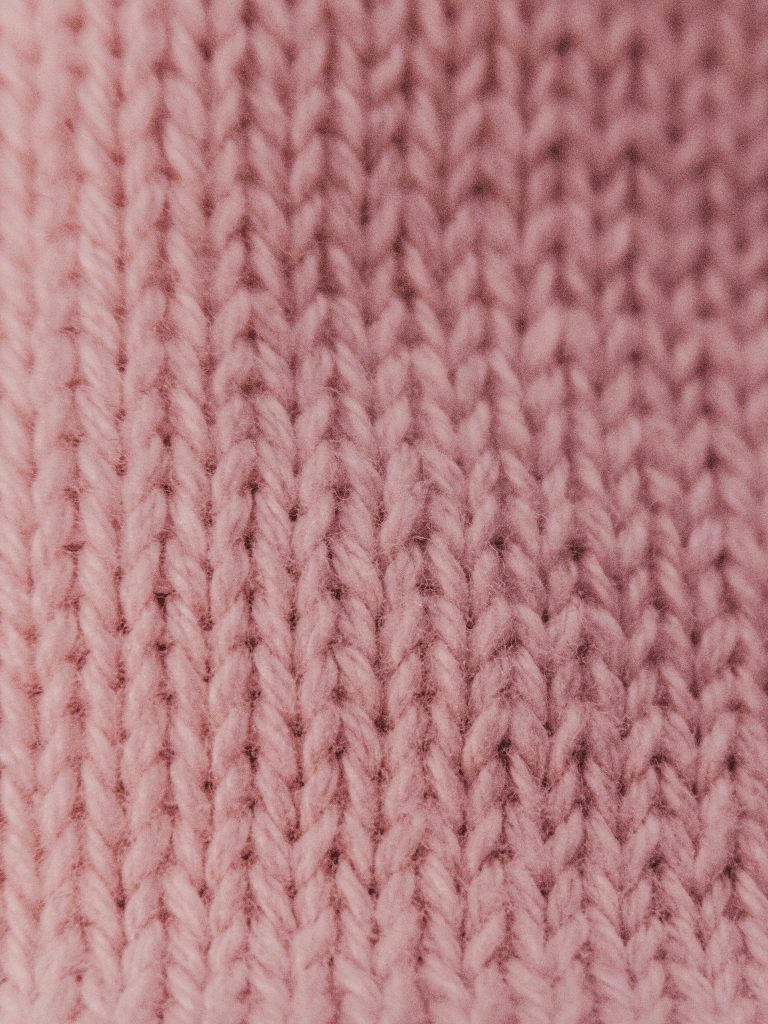Strength in Stitches: The Crucial Role of Gauge in Knitwear Durability
In the nuanced world of knitwear, ‘gauge’ is more than a simple metric—it is a fundamental element that shapes the texture, resilience, and longevity of fabric. Defined as the number of stitches per inch, gauge is integral to both the design and production phases of knitwear. This precise measurement determines whether a garment will possess the sturdiness to endure years of wear or the elegance to drape tastefully.

A lower gauge, which features fewer stitches per inch, results in a bulkier, more textured fabric. This type of knit is often associated with cozy winter garments that provide warmth and comfort, offering a rustic visual appeal. On the other hand, a higher gauge creates a finer, smoother fabric, ideal for crafting luxurious, form-fitting pieces that appeal to a more sophisticated market.
The durability of knitwear is closely tied to its gauge. A tighter gauge, characterized by more stitches per inch, strengthens the fabric. The dense stitch pattern forms a solid structure, ensuring the garment can withstand the rigors of time. This is especially crucial for items that go beyond fashion trends to become long-term wardrobe staples.

For knitwear producers, choosing the right gauge involves balancing the desired look, the functional needs of the garment, and the qualities of the yarn. Different yarns behave differently at various gauges, influencing both texture and durability. The gauge choice also affects knitting machine requirements, yarn consumption, and production timelines.
Fashion brands depend on manufacturers to master the intricacies of gauge, as it significantly impacts the feel and strength of the knitwear. Achieving the perfect gauge is a collaborative effort, ensuring the finished product meets the quality benchmarks and expectations of the brand’s clientele. As consumer tastes evolve, the ability to experiment with and adapt to different gauges remains a key asset in the knitwear industry.
